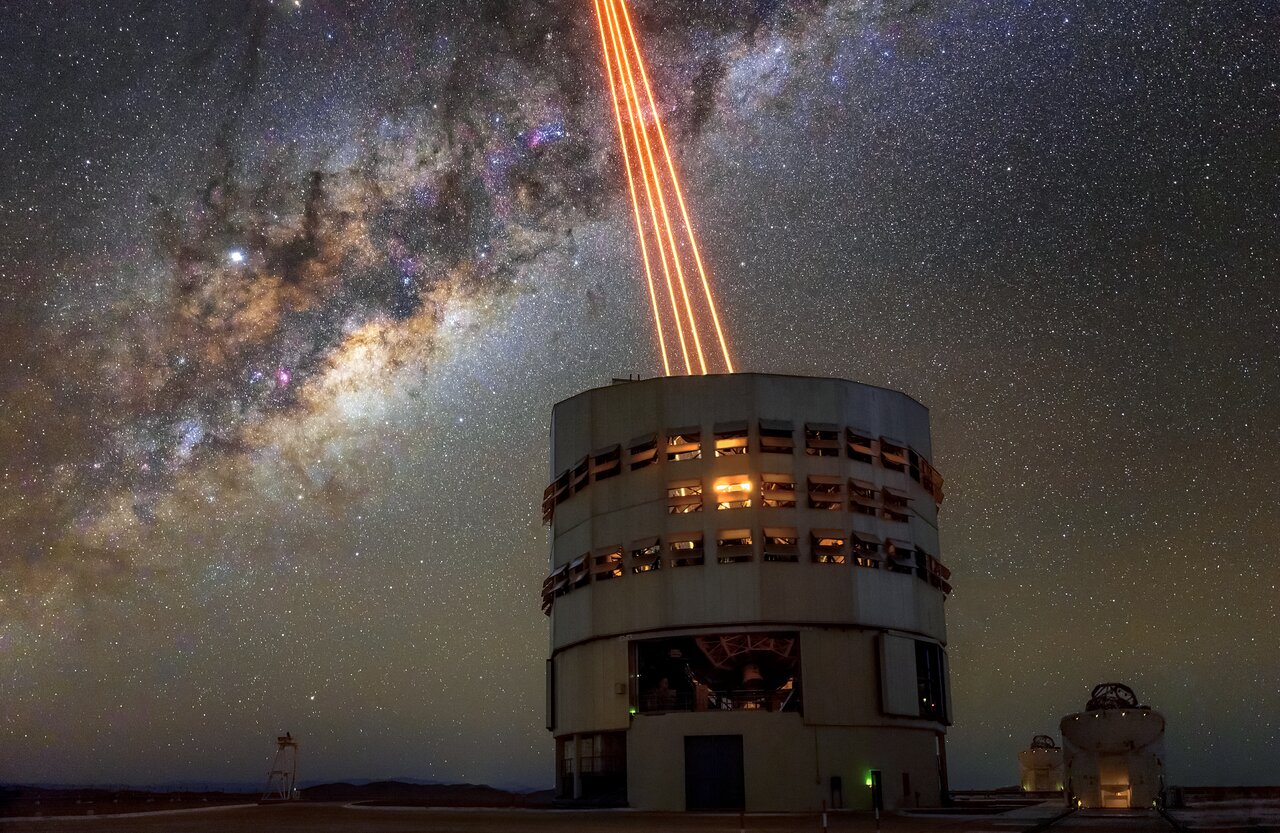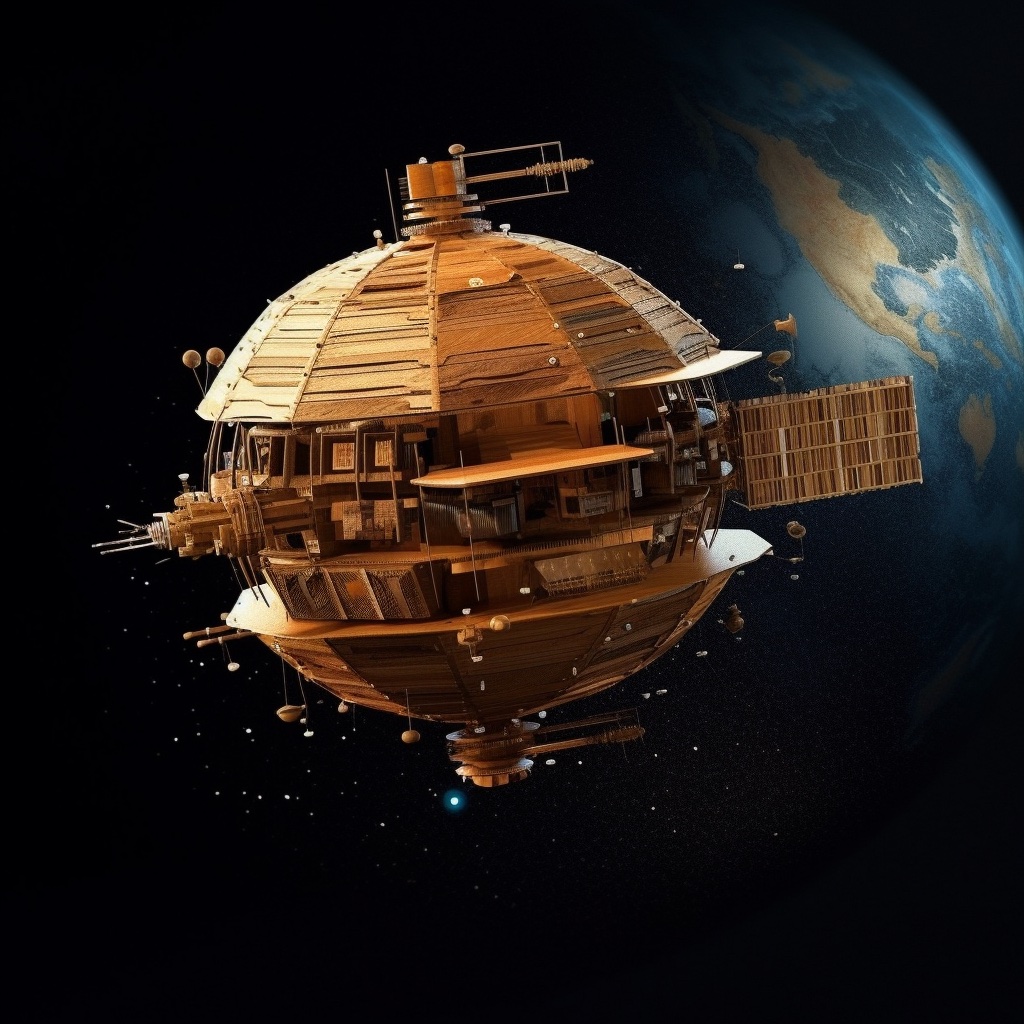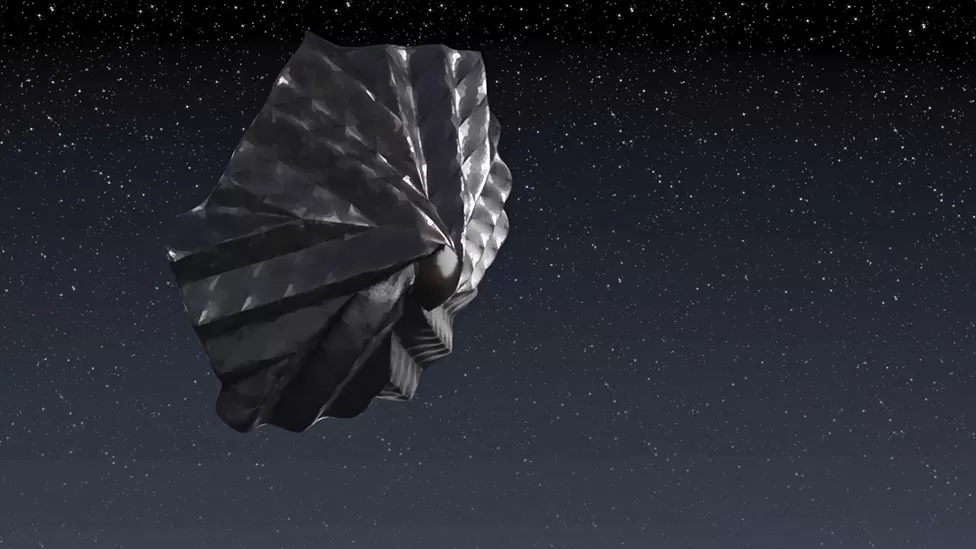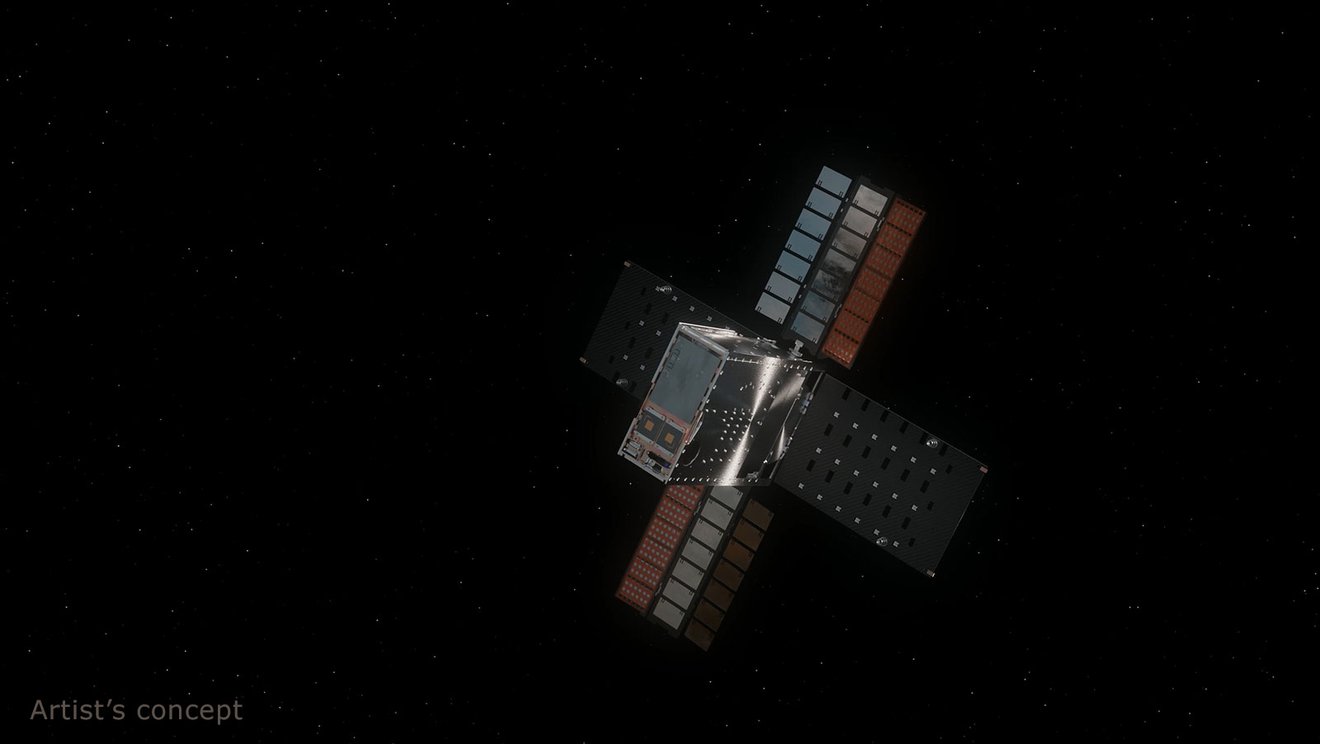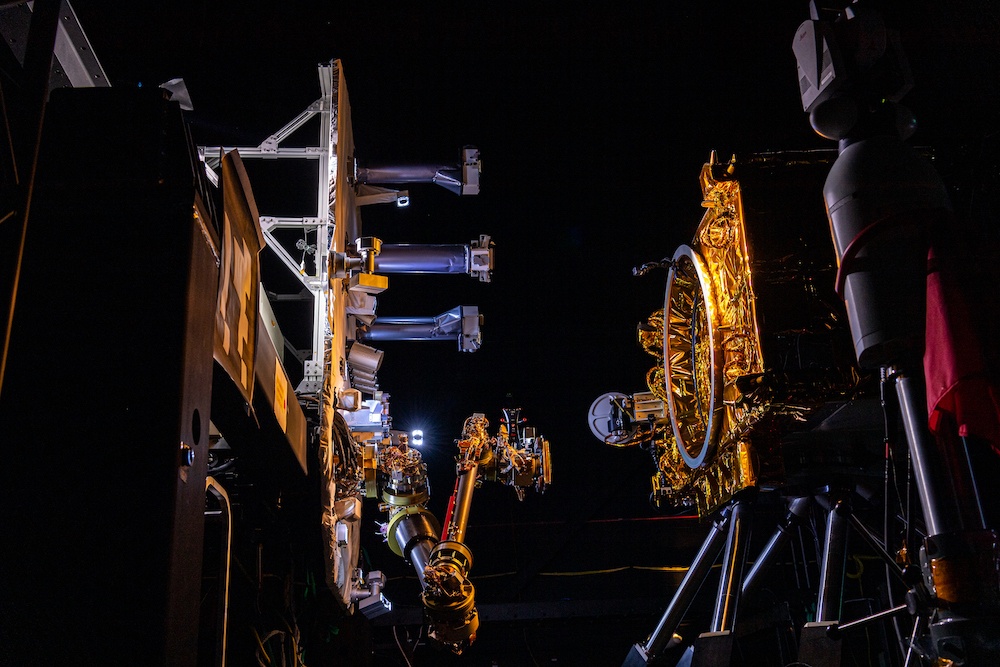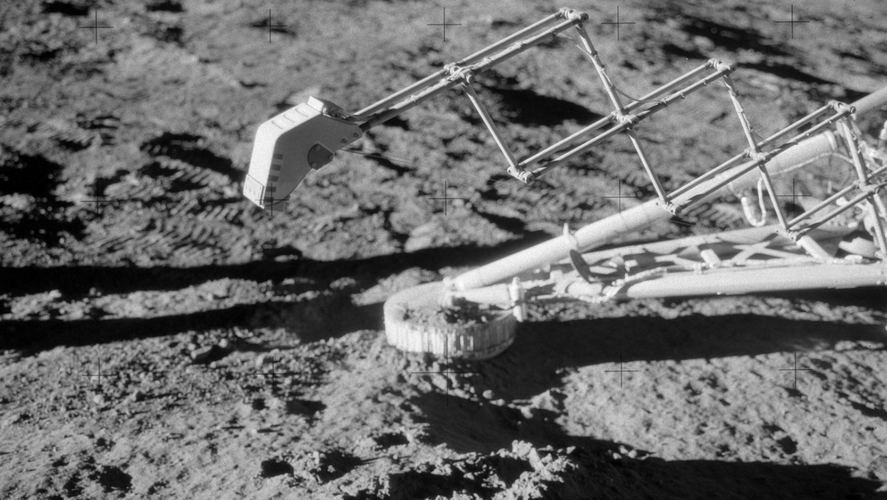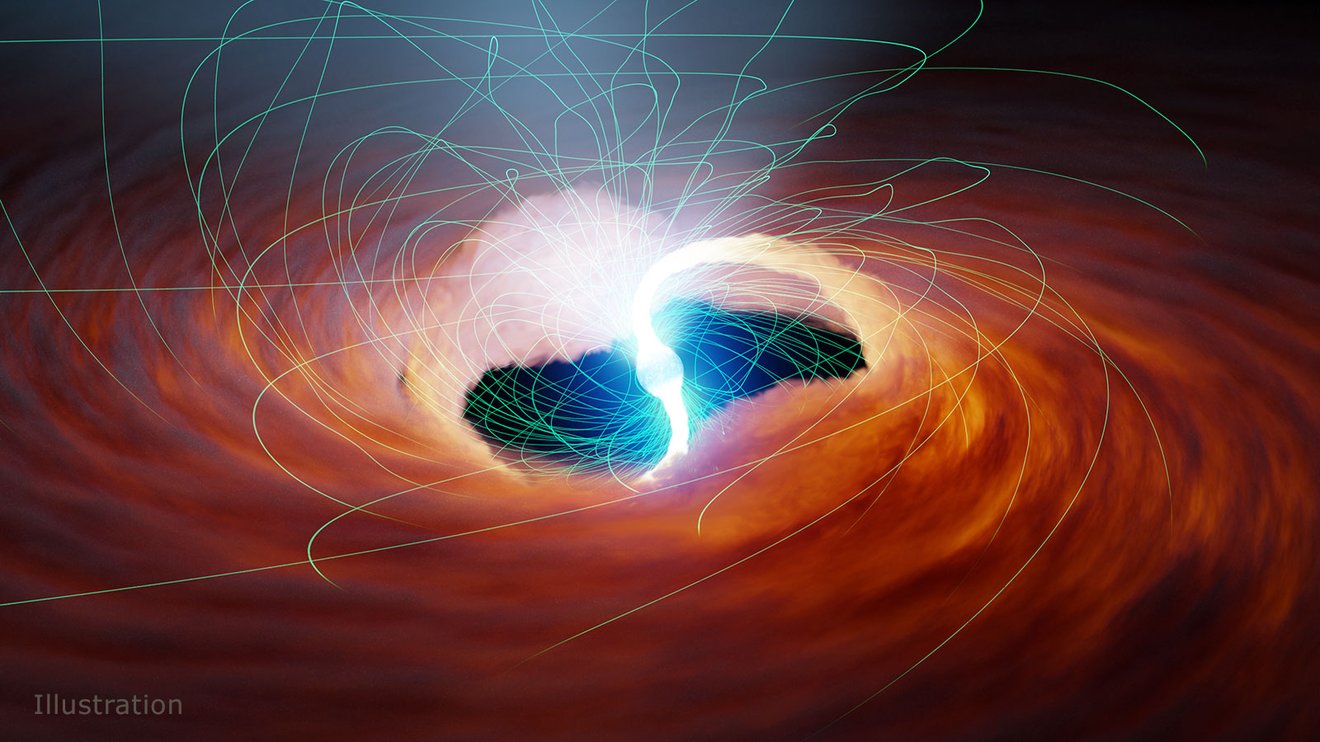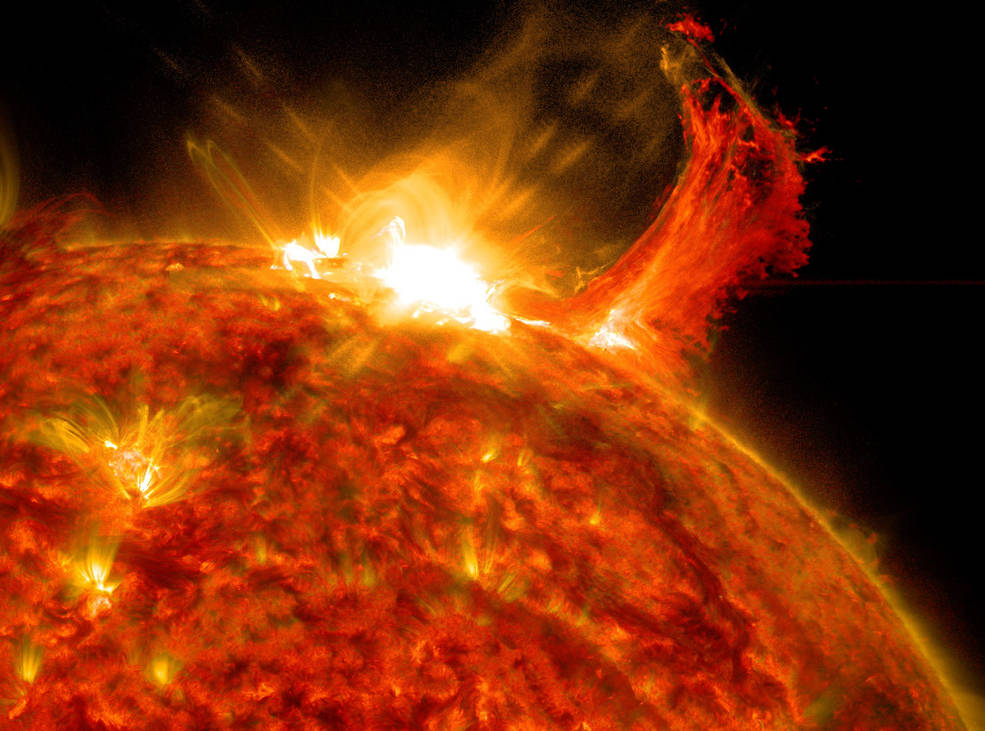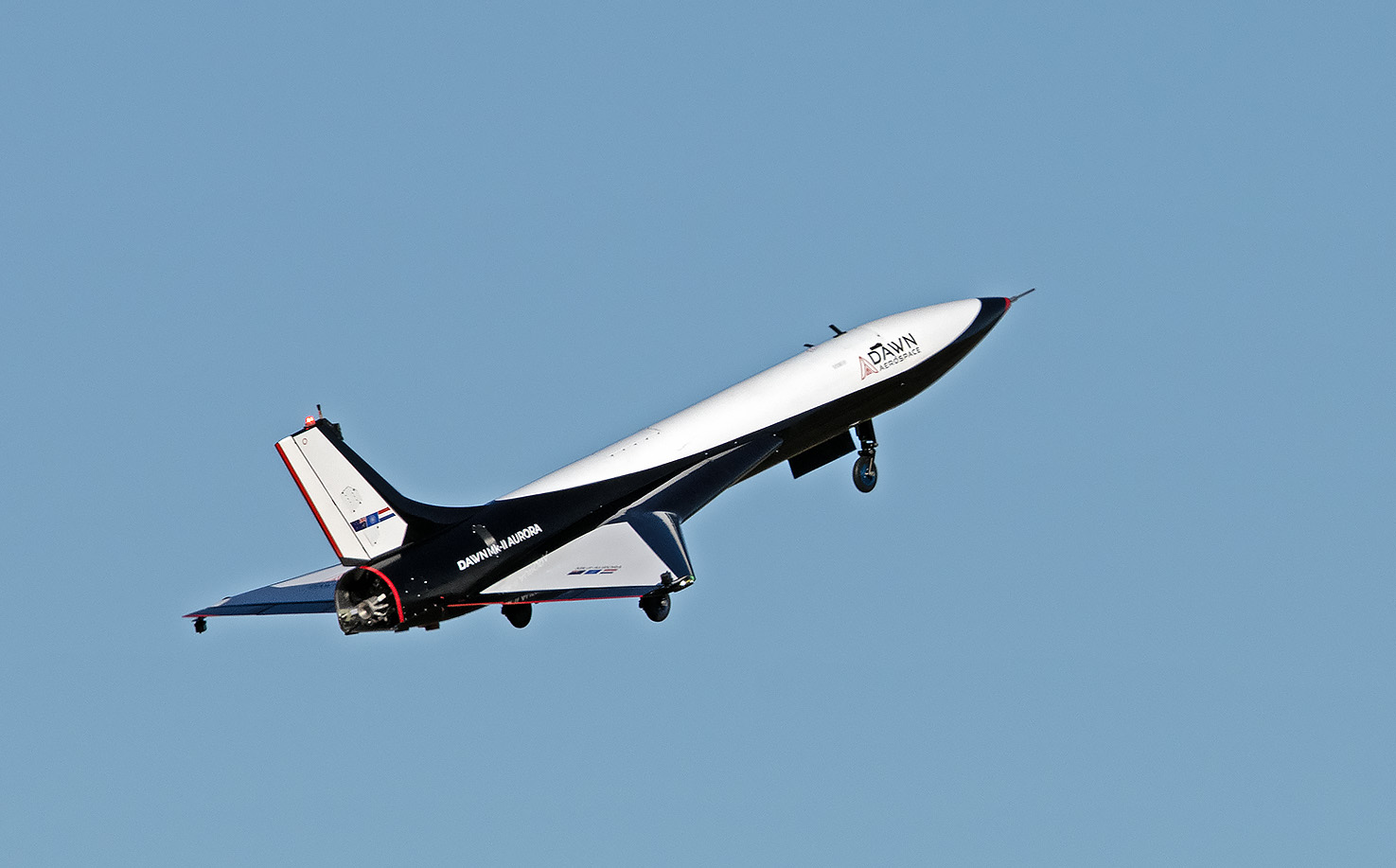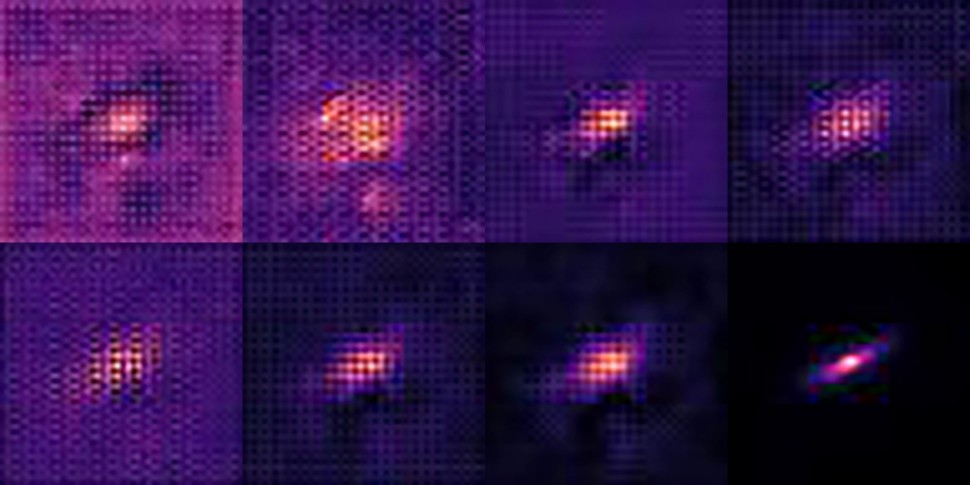Most astronomers know the struggle of getting time on the world’s most powerful telescopes. Even though this observing time might literally be the most important thing to their career prospects, there are always more studies than there is time available to perform them. Typically, each telescope system has a panel of experts that determine which proposals will get observational time and which won’t. However, the European Southern Observatory (ESO), based in Germany but with observational telescopes in Chile, decided to try a new proposal review method – peer review.
Continue reading “ESO is Using a New System to Allocate Telescope Time. It’s Working Well”ESO is Using a New System to Allocate Telescope Time. It’s Working Well
